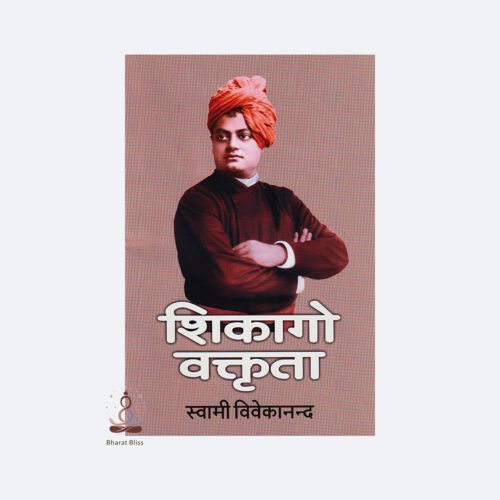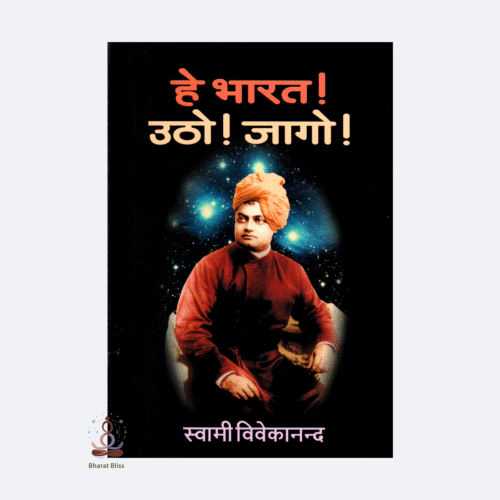"कृपामयी भगवद्गीता" पंडित श्रीरामसुखदास जी महाराज द्वारा रचित एक अत्यंत लोकप्रिय और आध्यात्मिक रूप से समृद्ध पुस्तक है। यह पुस्तक भगवद्गीता का सरल, सहज और करुणामय भाष्य (टीका) प्रस्तुत करती है, जिसमें भगवान श्रीकृष्ण की अनंत कृपा और करुणा को केंद्र में रखा गया है।
यह पुस्तक विशेष रूप से उन पाठकों के लिए उपयुक्त है जो गीता के गूढ़ रहस्यों को सरल भाषा में, भक्ति और श्रद्धा भाव के साथ समझना चाहते हैं। इसमें श्रीरामसुखदास जी महाराज ने गीता के प्रत्येक श्लोक की व्याख्या अत्यंत भावपूर्ण, हृदयस्पर्शी और व्यावहारिक दृष्टिकोण से की है।
मुख्य विशेषताएँ:
-
सरल हिन्दी भाषा में गीता का भावार्थ
-
शुद्ध भक्तिपूर्ण शैली में रचना
-
आत्मकल्याण, निष्काम कर्म, और भगवान की कृपा पर बल
-
श्रीरामसुखदास जी महाराज की गहरी आध्यात्मिक दृष्टि का परिचय
राजेन्द्र कुमार द्वारा विवरण:
राजेन्द्र कुमार ने "कृपामयी भगवद्गीता" के संदर्भ में जो विवरण या प्रस्तावना दी है, वह पुस्तक के भावनात्मक पक्ष को और अधिक उजागर करता है। वे बताते हैं कि यह गीता केवल ज्ञान का ग्रंथ नहीं, बल्कि एक जीवात्मा के लिए भगवान की कृपा का साक्षात अनुभव है। श्रीरामसुखदास जी की लेखनी में एक माँ की तरह ममता और एक संत की तरह करुणा झलकती है।
"Kripamayi Bhagwat Geeta" by Swami Ramsukhdas and Rajendra Kumar is a spiritually rich interpretation of the Bhagavad Gita, presenting its timeless wisdom in a compassionate and easily relatable way. Here's a brief description in English:
📘 Kripamayi Bhagwat Geeta
"Kripamayi Bhagwat Geeta", meaning "The Compassionate Bhagavad Gita", is a devotional and philosophical commentary on the Bhagavad Gita, emphasizing the boundless grace (kripa) of Lord Krishna. The book is a conversation between Lord Krishna and Arjuna, narrated in a way that highlights divine compassion, surrender, and the path to liberation through selfless action (karma yoga), devotion (bhakti yoga), and spiritual wisdom (jnana yoga).
-
Author: The teachings are based on the profound insights of Swami Ramsukhdas Ji, a revered saint known for his deep understanding of the Gita and simple, heartfelt style of explanation.
-
Presentation: Rajendra Kumar, known for his contributions in spreading spiritual literature, helps convey these teachings in an accessible and inspiring form.
-
Tone: The tone of the book is gentle and filled with reverence. It doesn’t focus on academic or philosophical jargon but instead touches the heart of the reader with the essence of divine love and grace.
-
Purpose: The book aims to make the Gita's messages more understandable to the common person, guiding them toward a peaceful and purposeful life, rooted in faith and devotion.













